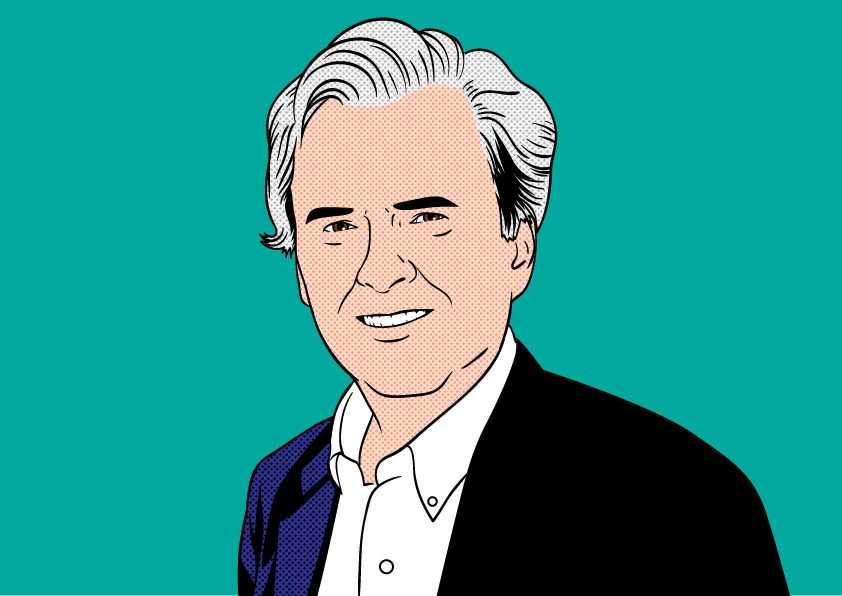The Case of the Disappearing Credit Union

By Robert McGarvey
Now you see ‘em, now you don’t.
Somehow it feels as though I am writing a period novel about the disappearance of an entire type of financial institution right in front of the eyes of millions – executives, regulators, consumers, and just maybe you too, dear reader.
Surely that plot is too strange to be believed.
But exactly this may in fact be happening.
Th nation’s credit unions are in real trouble.
Trouble as in life or death.
It starts with superficially good news. Mergers in 2018 were down from the prior year. Trumpets blare at NCUA HQ.
In 2016 and also 2017 200 mergers were approved per year. In 2018 the number fell…to 192.
But, wait, it gets worse. Exactly four credit unions merged out of existence because of their rotten financial condition. It was merge or die. And the regulator always prefers a tidy merger. Avoids bad headlines. Members accounts conveniently roll into another credit union. What’s not to like?
Actually there is nothing not to like about tidy mergers that are driven by financial duress.
But there is plenty to dislike when healthy credit unions merge out of existence and, apparently, in 2018 188 healthy credit unions did exactly that.
Why does a healthy credit union simply decide to vanish?
The other question has to become: at what point are there so few credit unions that the designation ceases to make sense?
Maybe the better question is, when will we hit that point?
Do the math. In 1960 there were around 10,000 federally chartered credit unions.
Today there are around 5530.
Yes, there are more credit union members than ever – but how many of them are comparatively inactive borrowers of auto loans? How many are just there for the free checking? How many don’t know they belong to a credit union and that is a vastly different thing than a bank?
If 2000 credit unions vanish in the next decade – and that seems entirely possible – by 2030 there will be perhaps 3500 credit unions.
Is that enough still to matter? Is it enough to warrant its own regulator?
What’s especially odd about many of today’s mergers is that they seem pointless. When a $375 million credit union merges with a $600 million one in New England, what’s the point? At $1 billion in total assets can the merged institution go toe to toe with Chase? Of course not. That credit union will not be the largest in its state. Nearer the 8th largest.
So what’s the point?
What’s the point of the increasing number of institutions that have stripped credit union out of their name? And how’s a consumer supposed to know that the institution is different?
The real trend from where I sit is that the top five or ten banks are getting bigger and bigger.
What happens next already is known.
We saw similar in the world of department stores – remember when seemingly every state had a home grown mini chain? No more.
Look at auto dealerships. A generation ago, dealerships often were family owned and the family owned just one. Now it’s a business dominated by 100 or so very large groups that own many dozens of dealerships.
Similar is happening in financial services- but I see no evidence that bulking up with a merger will help a credit union compete more vigorously. In fact mergers of healthy credit unions are triggering irritations among bankers – and there also is mounting grumbling about pay to play compensation schemes for some credit union executives in mergers.
Neither does the credit union movement any good.
What I do believe is that a smart, well managed credit union that knows its community and is visible in its community can continue to do well. Capitalize on local, intimate scale, community focused and that is a massive differentiator from the money center banks.
Join other credit unions in sharing resources that better control costs and also to attain needed skills/talents.
And look broadly for opportunities.
Credit unions that go after consumers whom the big banks don’t want as customers also may do very well. (Listen to my podcast with Cathie Mahon, ceo of INCLUSIV, the association of community development credit unions.)
There are ample reasons to be optimistic about the future of credit unions – if only they stop cutting their own throats.
Small can indeed be beautiful. And successful.